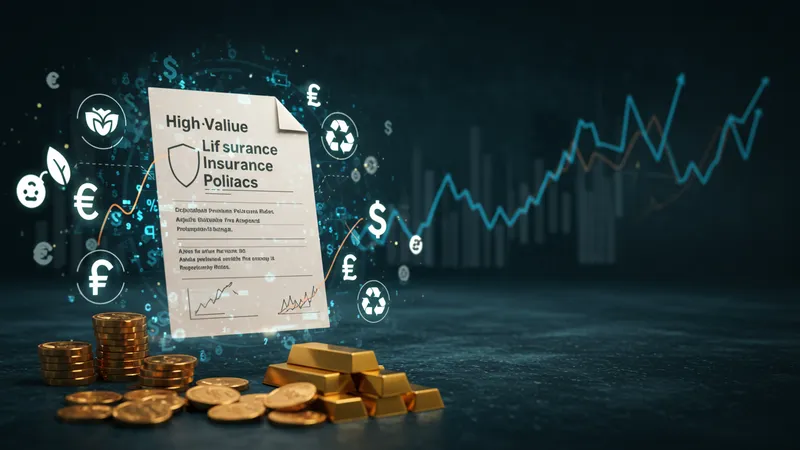
What To Know About High-Value Life Insurance Policies In Thailand And The USA
Impact of Global Trends on Policy Features
Global economic shifts have noticeably influenced the features of high-value life insurance policies. Inflationary pressures have encouraged policy providers to innovate more adaptable and flexible products. Features today might include adjustable premiums or even inflation protection riders—a significant shift from the rigid terms traditionally offered. But what continues to astonish is the rapid evolution towards environmental and socially responsible policy options.

The growing awareness around climate change and sustainability has bled into financial products, including life insurance. Policyholders now have options to select investments linked with sustainable companies, promoting ethical wealth growth. The financial world’s move towards more responsible investing reflects a broader cultural shift that’s marrying social consciousness with investment strategies. This evolution is reshaping not just life insurance but broader financial strategies globally.
This level of customization and adaptability is what sets apart modern-day policies from their predecessors. For the environmentally conscious consumer, life insurance that aligns with personal values represents a step forward, integrating social capital into financial growth. It encourages brand loyalty while leveraging financial products for a more significant purpose. But what really changes the landscape here is the potential for these options to set new industry standards.
These emergent trends are not only adding layers of choice but also pushing consumers to rethink how policies fit into their larger financial objectives. As high-value policies evolve with these influences, they continue to redefine what we consider valuable in a policy. We’re entering new territory where financial products are extensions of personal identity and belief systems, promising even more dynamic changes on the horizon.